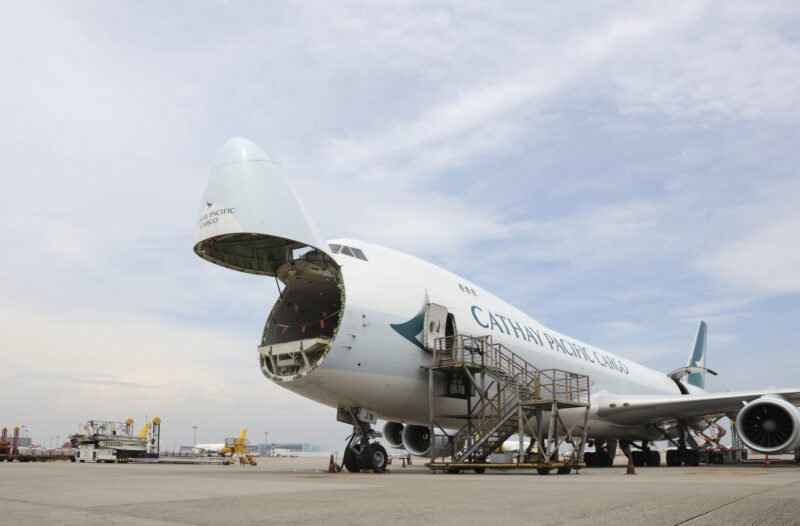Cathay Cargo reports a “slow climb” in demand

Cathay Cargo has reported a “slow climb” in demand following the Lunar New Year but is hopeful of a pickup in the second and third quarters despite conflicting signals.
Cathay Pacific vice president cargo Americas Fred Ruggiero said that the year started quietly after a slow return to work on the Chinese mainland after pandemic restrictions were lifted and the Lunar New Year holiday affected demand.
However, he added that factories are gearing up and in March there was further evidence of growth in both imports and exports.
“Looking further ahead, the second quarter is going to look a lot better than the first, and the third should look better still,” he said.
“Having said that, there are still some conflicting signals. We’re told that inventory levels are high in the US, but it doesn’t seem to be affecting retail behaviour too much, from our position.
“In fact, some retail commodities are flat-out unavailable – it can take up to six months to buy an electric vehicle now, for example.
“It’s a confusing picture and we try to make sense of it in this piece that outlines some of the economic factors that are influencing demand, and analyses the changes to supply chains after the pandemic.”
The airline’s latest cargo figures painted a picture of recovery. In February, the airline carried 103,932 tonnes of cargo, an increase of 59.6% compared with February 2022.
However, in February last year the carrier’s cargo capacity was significantly reduced due to stricter aircrew quarantine measures.
Inbound demand from the Americas, Europe, Northeast Asia and Southwest Pacific remained steady, especially across its pharma and perishable services.
Ad-hoc demand from Southeast Asia, as well as South Asia, the Middle East and Africa, also helped fill the gaps left by demand from Hong Kong and the Chinese Mainland on long-haul routes.
“One commodity that is certainly continuing to perform is perishables and one region where this is especially strong is South America,” said Ruggiero.
While the current inflationary environment affects food prices, our experience is that people in Asia appreciate the quality of Latin American produce and demand is therefore still growing.”
